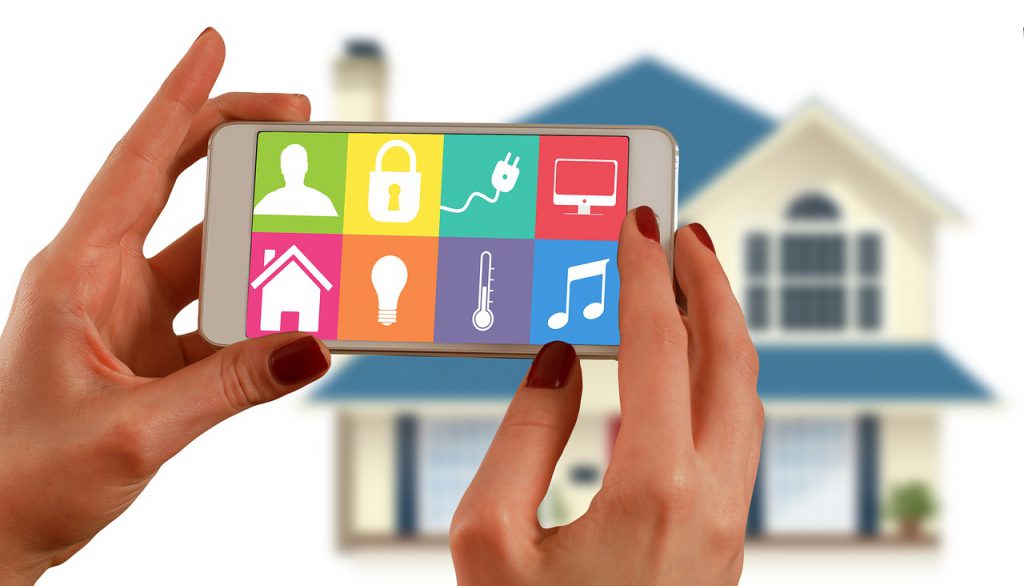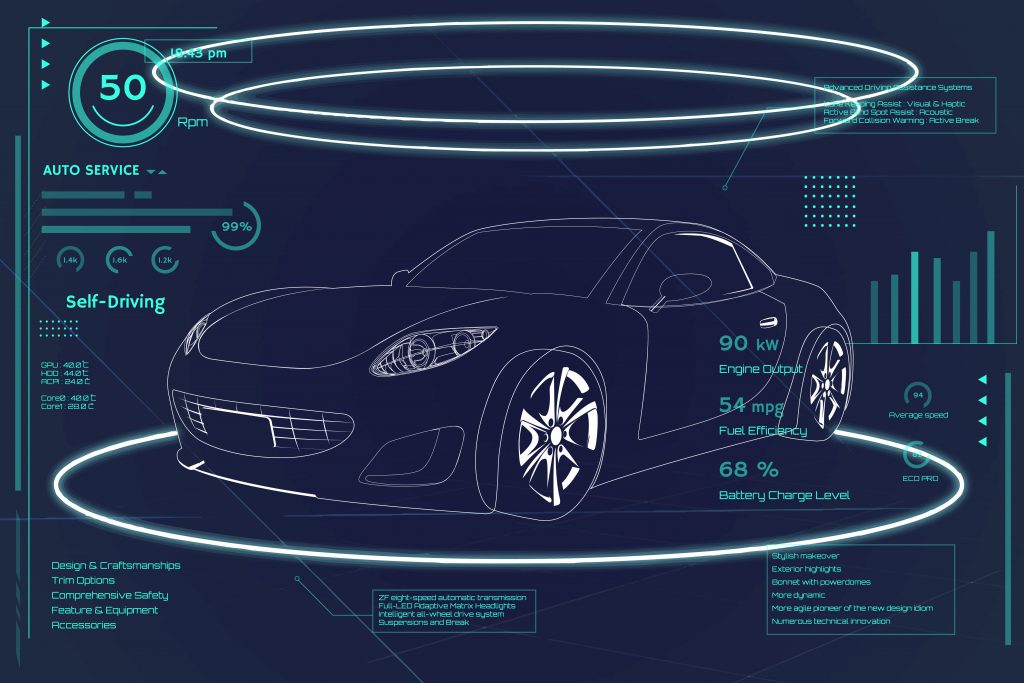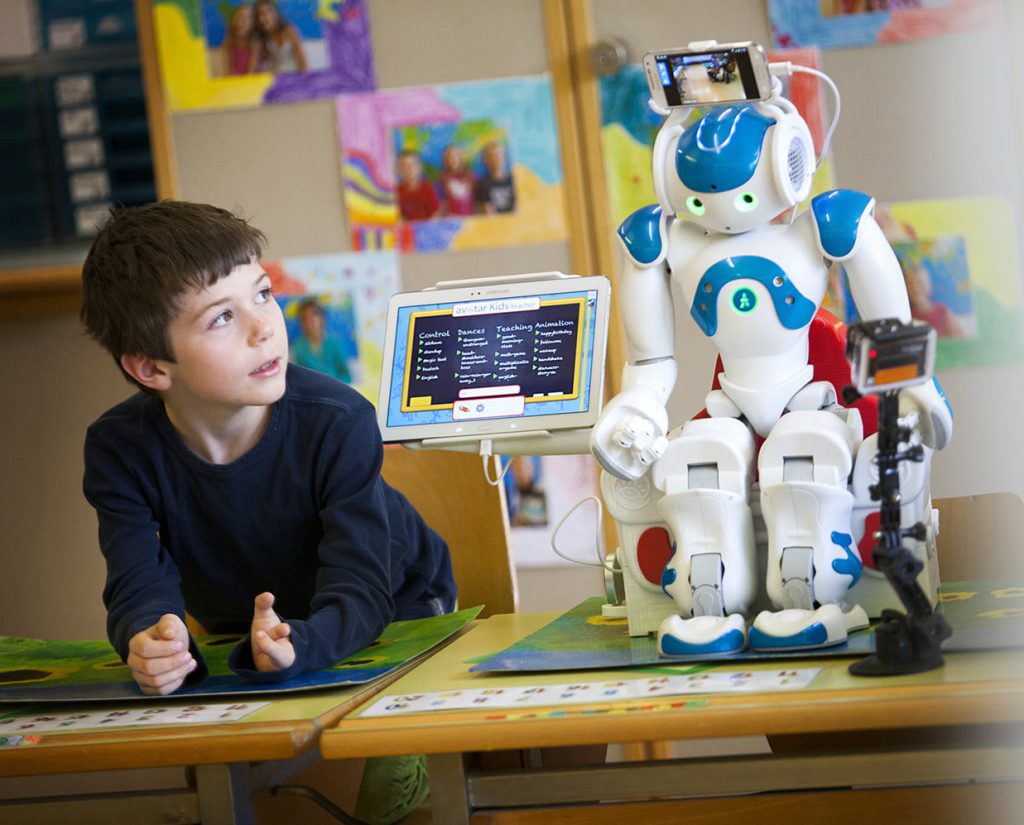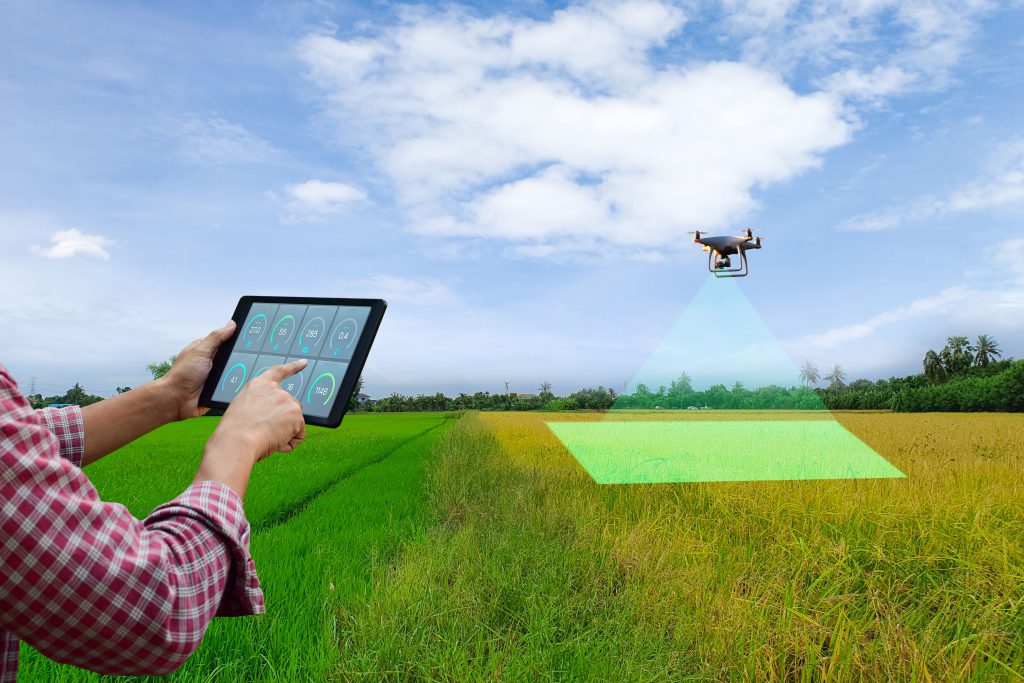As per the Forbes report, AI-related job opportunities have been consistently growing at the rate of 74% annually. In another research, it is predicted that the global AI market is expected to be almost $60 billion by the year 2025. That is tremendous growth if we compare it with the 2016 research report that was just $1.4 billion.
Thus, AI is one of the most in-demand technologies that our young generation needs to be aware of. Artificial Intelligence has the full potential to transform the world into a better place. With the help of AI, our young minds can develop thousands of applications to solve real-life problems across various industries.
If you are interested to know about the applications of AI, read this informative blog till the end.
What Are Some Of The Remarkable Applications Of AI?
Given below are some of the fascinating applications of Artificial Intelligence:
1. AI System usage as Smart Home Devices
We all are familiar with the power of smart home assistants such as Google Home and Amazon Echo. These devices use their user’s voice commands to perform various tasks such as playing music, switching ON/OFF the light, etc. These types of systems are built with the help of AI & ML.
As per studies, in 2018 the Indian home automation market size was valued at $1,790.9 million. There are expectations that in the year 2026, it will reach around $1,790.9 million by growing at a CAGR of 29.8% during the period 2019-2026.

For example, LG has developed a DeepThinQ 1.0 technology for serving the purpose. This technology supports both voice & video recognition. It also transmits all the collected information to cloud servers. A lot of daily household activities can be automated by using it such as:
- Turn OFF the light if the door is locked from outside.
- Turn ON the lights when the owner reaches home.
This LG washer is capable of studying human behavior and habits and it then learns automatically and applies the learning from its surroundings. Based on Air quality and climate, the Washer and Dryer can communicate with the cloud and make the necessary adjustments. The DeepThinQ platform studies its user behavior and gets smarter over time through the usage of cloud servers.
2. AI System usage in Autonomous Vehicles
According to the definition, an autonomous vehicle or self-driving car, or a driverless car is a type of special smart vehicle that utilizes the power of its sensors, cameras, radar, and AI to travel from one place to another without using a human driver. Self-driving cars utilize the power of AI & ML. These self-learning cars can identify objects, interpret situations and make decisions on the basis of object detection and using SIFT(scale-invariant feature transform) algorithms for feature extraction.

For example, self-driving or autonomous vehicles use cameras and sensors to capture the surrounding environment and record status data for the vehicles like the angle of the steering wheel, weather, road conditions, speed, visibility, etc. The AI system based on a recurrent neural network (RNN) is used to learn and recognize patterns with the collected data. If the system detects a pattern in a new driving situation, the concerned driver will be warned in advance if he/she is facing a critical situation.
A team of researchers carried out a study to test the technology with the BMW Group and its self-driving cars on public roads. They have studied and analyzed about 2500 situations that need drivers’ intervention. The complete study suggested that the Artificial Intelligence system is fully capable of predicting potentially critical situations with an accuracy of around 85%.
3. AI-based system in Education
As per Global Market Insights, in the year 2020, the market size of AI in education has reached 1 billion USD. There are predictions that between the years 2021 and 2027 it will grow at a CAGR of over 40%.

AI played a vital role in the education sector. As per the National Education Policy 2020, AI-based software will be used to track the progress of each student and it will also help them in making the most suitable career choice. For example, There are many companies that are using AI-based system in their platform such as Knewton is a company that creates adaptive learning technology for higher education. They use a program called Alta that helps to identify the gaps in students’ knowledge. It also provides students with relevant coursework as well.
The AI can help to automate various tasks of the teacher such as:
- With the help of AI technology, tasks like grading and worksheet assessment can be easily automated.
- AI software can provide constructive feedback to students to guide them about their academic strengths and weaknesses.
- Artificial intelligence tools provide universal access to all students across the world.
- AI-based systems help to provide personalized learning programs that are tailor-made as per students’ abilities.
4. AI system in Agriculture
AI-based equipment and smart machines have revolutionized the Agriculture system. In India, the agricultural sector alone accounts for 18% of the GDP and gives employment opportunities to 50% of the country’s workforce.
As per studies, by 2050 the world’s population is expected to grow around 10 billion. The more the population, the more the demand will rise for resources like food and water. With the help of using AI, we can bring a revolution in the field of Agriculture.

We need to improve our agricultural practices to meet the demand of the growing population. In present times, around 37.7% of the total land surface is utilized for crop production.
As per the Forbes report, By the year 2025, the global spending on Smart agriculture (using the applications of AI & Machine Learning) is expected to triple to $15.3 billion.
AI can solve problems that are faced by farmers. For example, weeds pose a real threat to the crop’s health. To overcome this problem a California-based company Blue River Technology is working with Facebook AI and Machine learning to build camera-enabled machines that are known as See & Spray that utilizes the power of image recognition technology.
The See & Spray Robotic farming machines use the combination of both computer vision and Machine learning to detect weeds among the crops in real-time.
As the See & Spray robot browses through the field, it uses a high-resolution camera array to collect images of crops and weeds. The frame that has been captured by the camera is then analyzed by a PyTorch-enabled neural network. This network has the potential to detect or identify weeds and crops and it then maps their locations. After the map has been developed, it will only take milliseconds for the robot to spray at the locations where it has earlier detected the weeds. It is a very helpful method that saves costs for farmers and also promotes sustainable & smart agricultural practices.
Conclusion
So, we have discussed various applications of AI and its practical uses in the real world. Thus, preparing young minds about these technologies from an early age opens doors to many future lucrative job opportunities. As per Analytics Insights, the average salary of an AI Engineer is around 13 lacs per annum. It will further increase with experience and knowledge. Thus, it is high time to get your kids started in the field of AI by introducing them to online coding courses.
There is a rising edtech company- Tinkerly that offers online coding courses that are based on the grade-wise concepts of AI, IoT, and Robotics. The play-based course curriculum is blended with the goodness of STEM learning kits that takes the student’s learning journey beyond the screens. It prepares students by teaching them futuristic skills that will be used in future jobs.
 2426
2426

